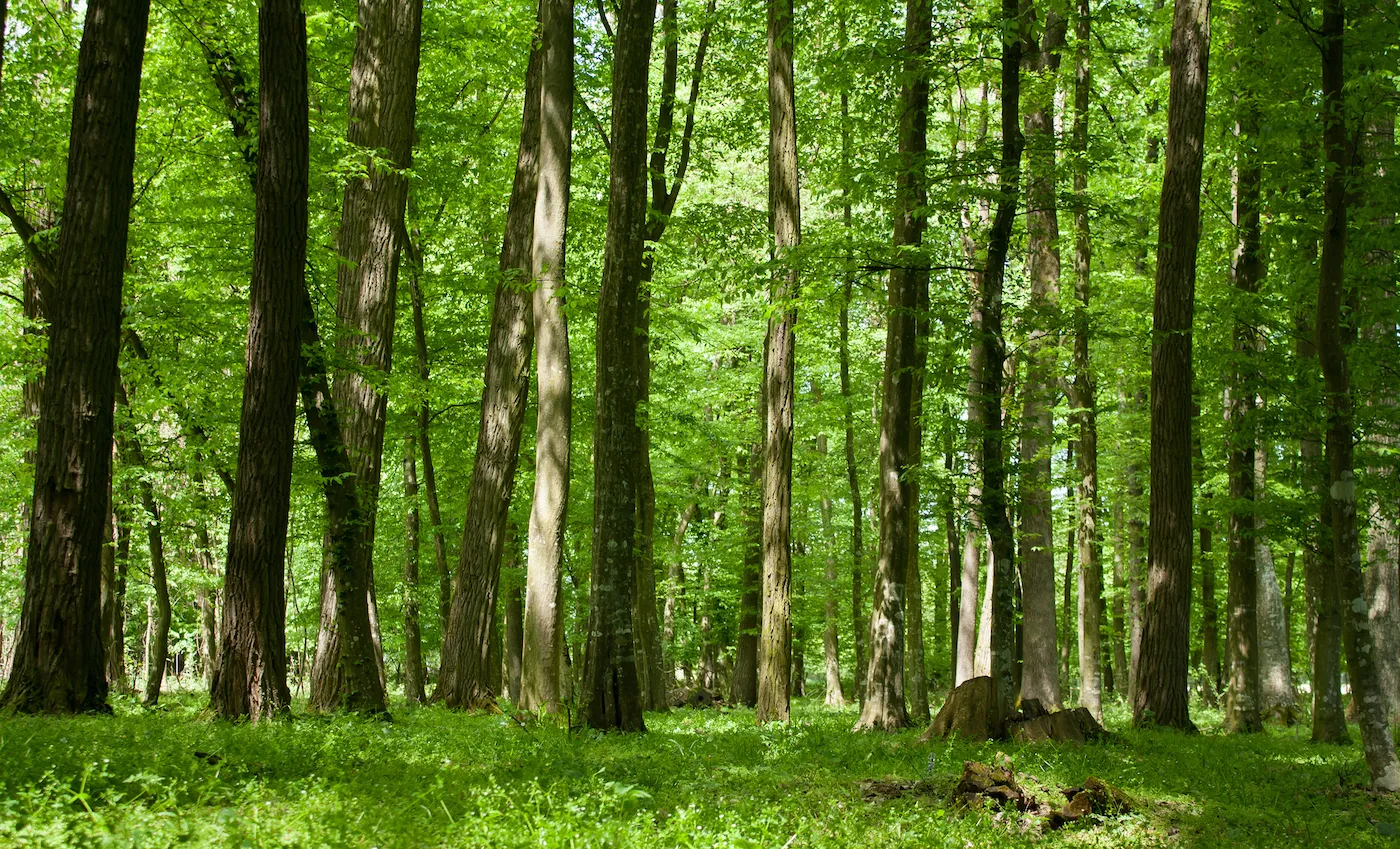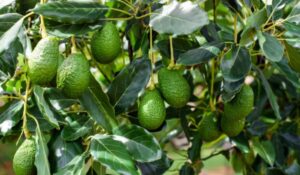America’s Forests Future
As climate change intensifies, America’s forests face unprecedented challenges. Rising temperatures, prolonged droughts, and an increase in extreme weather events threaten the stability of these ecosystems. According to Dr. Susan Prichard, a fire ecologist at the University of Washington, “Our forests are on the frontlines of climate change, and their ability to adapt will determine their survival and the services they provide.”
The Impact of a Hotter, Drier Climate on Forests
1. Increased Wildfire Risks
Hotter and drier conditions create the perfect storm for wildfires. Prolonged droughts lead to dry vegetation, while rising temperatures exacerbate evaporation, leaving forests tinder-dry. States like California, Oregon, and Washington have seen record-breaking wildfires in recent years, driven in part by these climatic shifts.
2. Tree Mortality
Prolonged droughts weaken trees, making them more susceptible to pests and diseases. For example, the bark beetle epidemic in the western U.S. has killed millions of trees, turning once-thriving forests into expanses of dead wood—a significant wildfire hazard.
3. Shifting Forest Composition
Some tree species may struggle to survive in hotter climates, leading to shifts in forest composition. High-altitude species like subalpine firs and Engelmann spruce are particularly vulnerable as they rely on cooler temperatures. In their place, drought-tolerant species like pinyon pines and junipers may expand their range.
How Forests Are Adapting
Despite the challenges, forests have natural mechanisms to adapt to changing climates. However, human intervention is often needed to accelerate these processes and mitigate damage.
1. Migration of Tree Species
Trees adapt to climate change by migrating to more favorable environments. For example, studies have shown that some species are moving northward or to higher elevations to escape rising temperatures.
2. Fire-Adapted Ecosystems
Certain forests, such as Ponderosa pine and oak savannas, have evolved to thrive in fire-prone environments. Frequent, low-intensity fires clear out underbrush and promote the growth of fire-resistant trees. Promoting these fire-adapted ecosystems can help build resilience.
3. Regeneration After Disturbance
Post-fire regeneration is a natural process for many forests. Species like lodgepole pines release seeds after fire events, ensuring the continuity of the forest. However, increasingly intense wildfires may overwhelm these natural recovery mechanisms.
Strategies for Preparing Forests
Adapting America’s forests to a hotter, drier future requires proactive management and innovative solutions. Key strategies include:
1. Forest Thinning and Fuel Reduction
Reducing the density of trees and clearing underbrush can lower the risk of catastrophic wildfires. Thinning projects also improve water availability for remaining trees, enhancing their resilience during droughts.
2. Promoting Drought-Tolerant Species
Planting and encouraging the growth of drought-tolerant species can help forests adapt to changing conditions. For instance, oaks and pinyon pines are better suited to arid climates compared to species like Douglas firs.
3. Assisted Migration
In some cases, foresters are actively relocating tree species to regions where they are more likely to thrive under future climate conditions. This controversial but promising approach could safeguard biodiversity.
4. Controlled Burns
Prescribed fires mimic natural wildfire cycles, reducing fuel loads and promoting the health of fire-adapted ecosystems. These burns are an essential tool for managing forests in a hotter, drier climate.
5. Restoration of Degraded Forests
Replanting native species and managing invasive plants can restore forest ecosystems and improve their resilience to climate change. Restoration projects also enhance carbon sequestration, helping to mitigate climate impacts.
The Role of Technology and Research
Advances in technology are aiding efforts to prepare forests for climate change:
- Remote Sensing and Monitoring: Satellite imagery and drones allow scientists to track forest health, identify stressors, and monitor the effectiveness of management practices.
- Genetic Research: Studying the genetic traits of drought-resistant trees could inform breeding programs aimed at enhancing resilience.
- Climate Modeling: Predictive models help foresters anticipate changes and implement adaptive strategies tailored to specific regions.
The Importance of Public Policy and Collaboration
Preparing forests for a hotter, drier future requires coordinated efforts among government agencies, nonprofits, and private landowners. Policies that support sustainable forest management, fund research, and incentivize conservation practices are essential.
Programs like the USDA’s Collaborative Forest Landscape Restoration Program and initiatives by organizations like The Nature Conservancy are making strides in fostering resilience. However, more investment and public awareness are needed to scale these efforts.
Conclusion: A Resilient Path Forward
America’s forests are at a crossroads. While the challenges posed by a hotter, drier future are significant, there are opportunities to adapt and thrive. By combining natural resilience with proactive management, innovative technologies, and collaborative efforts, we can safeguard these vital ecosystems for generations to come.
Dr. Prichard sums it up best: “Resilient forests are not just a hope for the future—they are a necessity for our planet’s health and our own survival.”
References:
- Prichard, Susan. (University of Washington). Fire Ecology and Forest Resilience.
- USDA Forest Service. Adapting Forests to Climate Change.
- The Nature Conservancy. Forest Management for Climate Resilience.
Write something…






